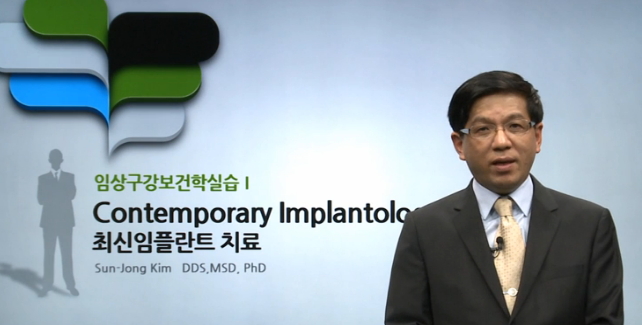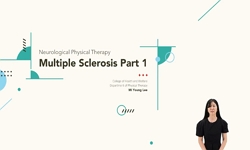Purpose: Delayed, traumatic, intraparenchymal hemorrhage (DTIPH) is a well-known contributing factor to secondary brain damage that evokes severe brain edema and intracranial hypertension. Once it has occurred, it adversely affects the patient’s out...
http://chineseinput.net/에서 pinyin(병음)방식으로 중국어를 변환할 수 있습니다.
변환된 중국어를 복사하여 사용하시면 됩니다.
- 中文 을 입력하시려면 zhongwen을 입력하시고 space를누르시면됩니다.
- 北京 을 입력하시려면 beijing을 입력하시고 space를 누르시면 됩니다.

지연성 외상성 뇌실질내 출혈 환자의 치료를 결정하는 임상적, 영상학적 예후인자에 대한 평가 = Assessment of the Clinical and the Radiological Prognostic Factors that Determine the Management of a Delayed, Traumatic, Intraparenchymal Hemorrhage (DTIPH)
한글로보기https://www.riss.kr/link?id=A101746549
- 저자
- 발행기관
- 학술지명
- 권호사항
-
발행연도
2015
-
작성언어
-
- 주제어
-
KDC
500
-
등재정보
KCI등재
-
자료형태
학술저널
-
수록면
223-231(9쪽)
- 제공처
- 소장기관
-
0
상세조회 -
0
다운로드
부가정보
다국어 초록 (Multilingual Abstract)
Purpose: Delayed, traumatic, intraparenchymal hemorrhage (DTIPH) is a well-known contributing factor to secondary brain damage that evokes severe brain edema and intracranial hypertension. Once it has occurred, it adversely affects the patient’s outcome. The aim of this study was to evaluate the prognosis factors for DTIPH by comparing clinical, radiological and hematologic results between two groups of patients according to whether surgical treatment was given or not. Methods: The author investigated 26 patients who suffered DTIPH during the recent consecutive five-year period. The 26 patients were divided according to their having undergone either a decompressive craniectomy (n=20) or continuous conservative treatment (n=6). A retrospective investigation was done by reviewing their admission records and radiological findings. Results: This incidence of DTIPH was 6.6% among the total number of patients admitted with head injuries. The clinical outcome of DTIPH was favorable in 9 of the 26 patients (34.6%) whereas it was unfavorable in 17 patients (65.4%). The patients with coagulopathy had an unexceptionally high rate of mortality. Among the variables, whether the patient had undergone a decompressive craniectomy, the patient’s preoperative clinical status, and the degree of midline shift had significant correlations with the ultimate outcome. Conclusion: In patients with DTIPH, proper evaluation of preoperative clinical grading and radiological findings can hamper deleterious secondary events because it can lead to a swift and proper decompressive craniectomy to reduce the intracranial pressure. Surgical decompression should be carefully selected, paying attention to the patient’s accom-panying injury and hematology results, especially thrombocytopenia, in order to improve the patient’s neurologic outcomes. [ J Trauma Inj 2015; 28: 223-231 ]
동일학술지(권/호) 다른 논문
-
둔상에 의한 흉부대동맥 손상에서 TEVAR에 관한 임상연구
- 대한외상학회
- 구관우 ( Gwan Woo Ku )
- 2015
- KCI등재
-
외상 센터에서의 외상 진료 시스템 도입에 따른 변화: 단일 외상 센터에서의 초기 경험
- 대한외상학회
- 김형원 ( Hyung Won Kim )
- 2015
- KCI등재
-
우즈베키스탄 국립응급병원에 내원한 낙상환자들의 임상적인 특성
- 대한외상학회
- ( Abdukhakim Muminovich Khadjibaev )
- 2015
- KCI등재
-
외상 환자에서의 혈중 알코올 농도와 임상 관련 인자간의 관계
- 대한외상학회
- 홍태화 ( Tae Hwa Hong )
- 2015
- KCI등재




 ScienceON
ScienceON KISS
KISS




